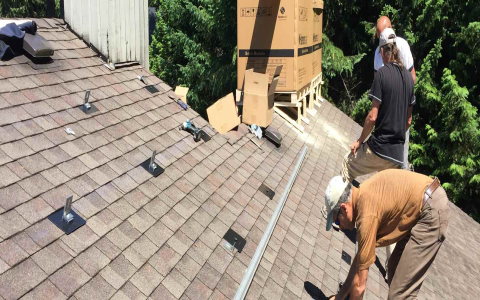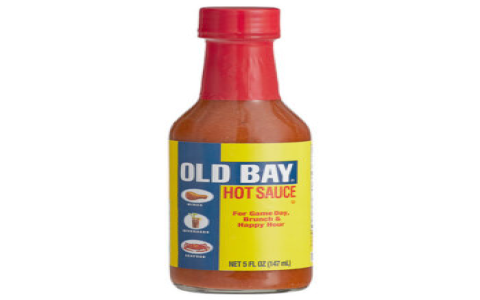Any Problem of Shingle Put on Wet Covered Roof
When considering a home’s roof, one of the most critical factors is the application of shingles. Proper shingle installation ensures a durable and long-lasting roof. However, applying shingles to a wet covered roof can lead to a host of complications. Understanding these potential issues is key for homeowners and contractors alike.
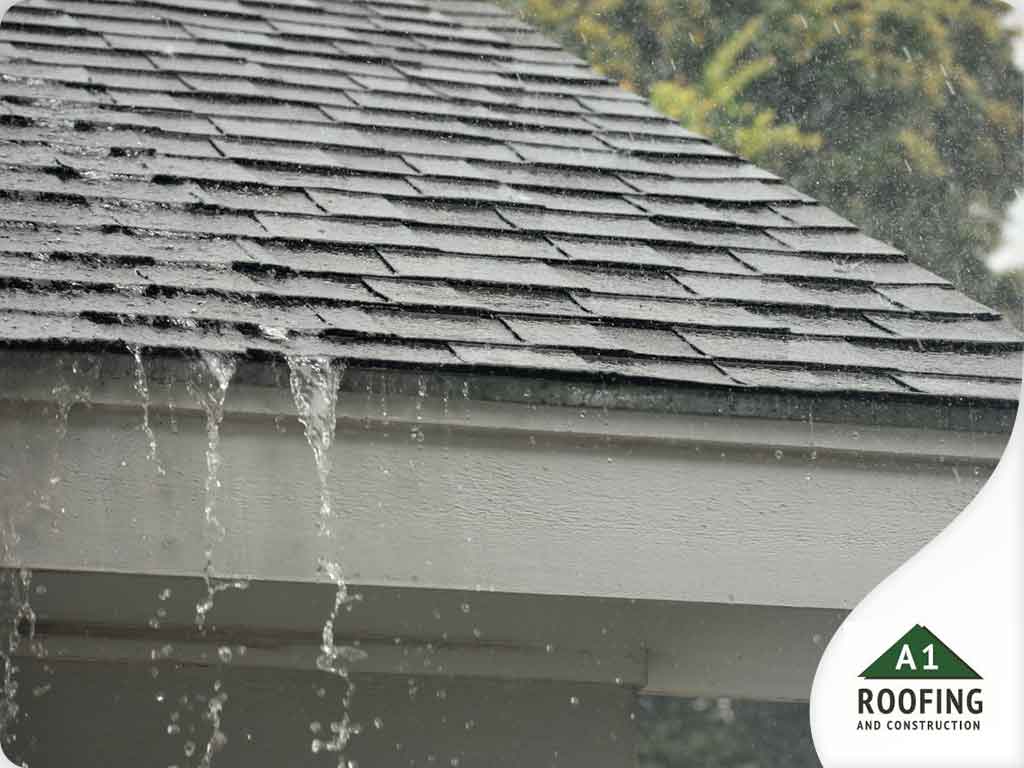
Moisture and Adhesion Problems
Installing shingles on a wet roof can compromise the adhesive capabilities of the shingles. Asphalt shingles, which are among the most commonly used roofing materials, rely on a strong bond with the underlayment. When moisture is present, the shingles may not adhere properly, resulting in areas that could lift or curl over time. This lack of adhesion can expose the roof to water infiltration, leading to leaks and water damage.
Structural Concerns
Another issue arises from the potential for mold and mildew growth. A wet roof not only hinders the immediate installation process but also creates an environment conducive to mold. Once mold establishes itself, it can thrive under the shingles, compromising the integrity of the roof and leading to health risks for the occupants. Additionally, prolonged moisture on wood decking can result in rot, which affects the underlying structure of the roof.
Impact on Warranty
When shingles are installed improperly, including on damp surfaces, it can void manufacturer warranties. Most roofing products come with guidelines that specify ideal weather conditions for installation. Ignoring these recommendations may result in disputes if structural issues arise later and homeowners seek warranty coverage. Proper installation is essential not just for durability but also for maintaining the manufacturer’s warranty.
Uneven Application and Appearance
Shingles applied to a wet roof may not lay flat and uniform. This uneven application can detract from the overall aesthetics of the home, leading to an unattractive finished product. Additionally, uneven shingle placement can create channels that trap water, further increasing the risk of damage over time. Homeowners should prioritize the appearance of their roofing, as it significantly impacts their property’s curb appeal.
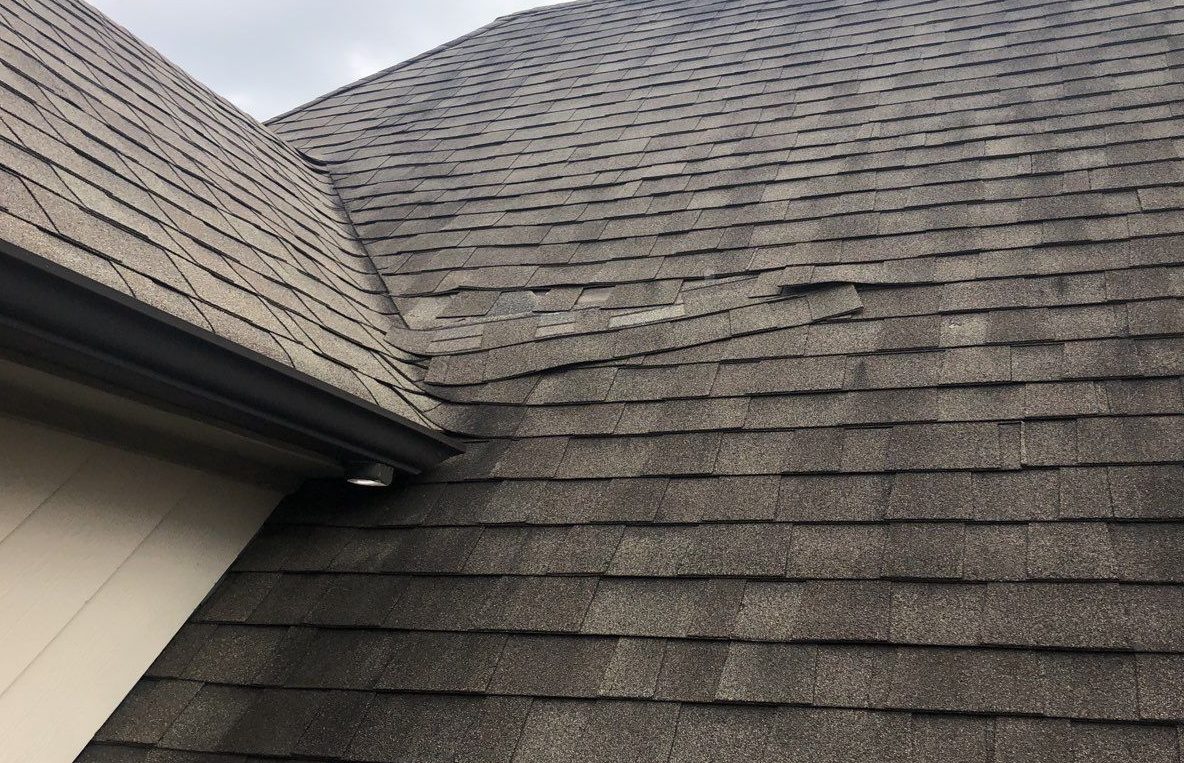
Cost Implications
While attempting to save time by installing shingles on a wet roof might seem tempting, it can lead to more significant expenses in the long run. Homeowners may face costly repairs due to leaks or premature shingle failure. Investing in a proper installation process, including waiting for dry conditions, is more prudent than dealing with future repair bills stemming from hasty decisions.
Safety Risks
Applying shingles on a wet roof poses safety risks not only for the installers but also for the entire property. Wet surfaces can be slippery, increasing the chances of falls and injuries. Roof work should never be rushed; ensuring that conditions are safe and suitable is paramount. By prioritizing safety, homeowners can mitigate potential hazards for themselves and their contractors.
Alternatives and Solutions
Homeowners should consider more effective alternatives if slips in schedule necessitate work on less-than-ideal days. Covering a roof with a tarp or similar material can keep it dry until conditions improve. Ultimately, waiting for a suitable moment to install shingles is always advisable. This patience can save trouble down the line, providing peace of mind knowing that the roof is well-protected.
Informed Decision-Making
Before proceeding with a roofing project, homeowners should consult with qualified roofing professionals. Staying informed about the best practices for shingle installation will help in avoiding pitfalls associated with wet applications. Understanding local weather patterns and seasonal considerations will further ensure the longevity and performance of a new roof.
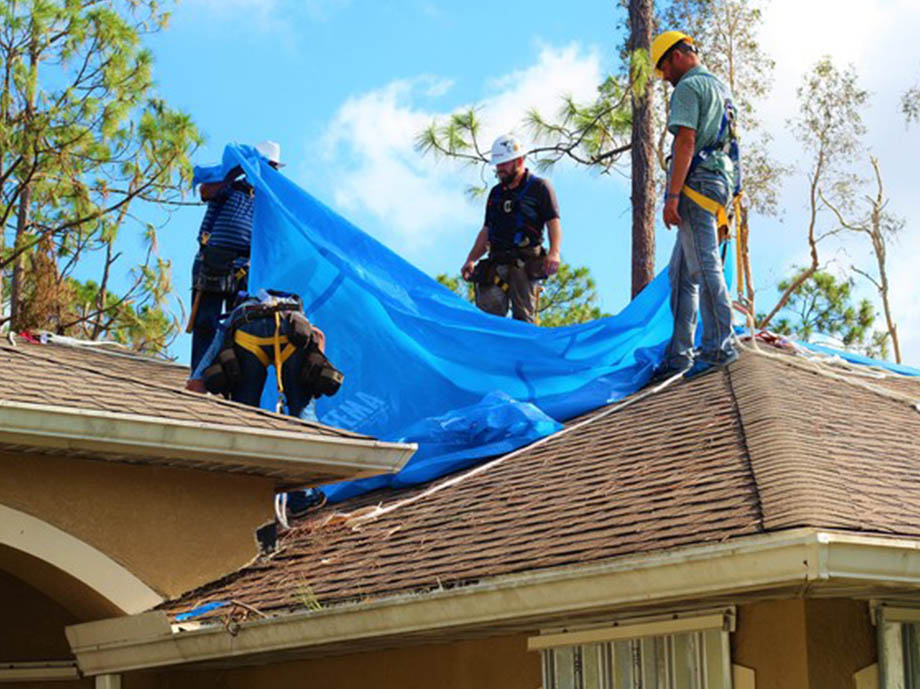
Ultimately, the impulse to rush an installation process can have detrimental effects. Understanding the risks associated with applying shingles on a wet covered roof—ranging from adhesion problems, potential water damage, and safety concerns—empowers homeowners to make informed decisions. Taking the necessary time to ensure optimal conditions will not only enhance the functionality of the roofing system but also contribute to the home’s aesthetic appeal and long-term value.
